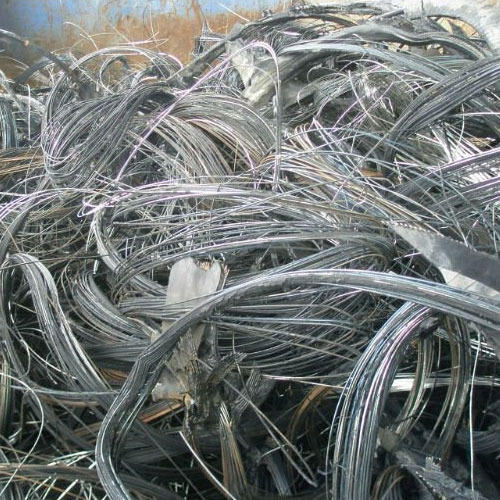The industry is constantly looking for innovative ways to reduce waste and promote sustainability with the tire recycling process, which has become pivotal in minimizing environmental impact. Understanding the complex process of tire recycling sheds light on its enormous potential to reduce pollution and conserve resources.
1. Steel Separation: The tire recycling process starts with separating its parts. An important step in this process is separating the steel, which makes up a significant portion of the steel radial tire's structure. Through advanced technology, Long Long uses a steel wire drawing machine to separate the steel wire from the rubber part, reusing them in other industrial production fields. This not only conserves valuable resources but also reduces the need for raw materials, thereby minimizing the environmental stress caused by steel production.
2. Grinding: Once the steel has been successfully removed, the remaining tire will undergo a rigorous grinding process. Specialized machinery grinds rubber into particles of different sizes, making it suitable for a variety of applications. At this step, the tire recycling process not only transforms the tire into a more manageable and usable form, but also enhances the flexibility of the tire in subsequent production processes. From playground surfaces to sports tracks, rubber granules find new applications in many products, contributing to a circular economy while minimizing waste accumulation in landfills.
3. Finished product collection: When the grinding stage is finished, the obtained rubber particles along with other by-products such as scrap steel and cotton fibers will be collected, clearly classified, and meticulously prepared. for distribution. The products obtained from the tire recycling process serve as the foundation for a range of industries, from construction to automotive, where sustainable materials are increasingly valued. By incorporating recycled rubber into its products, Long Long not only demonstrates its commitment to environmental stewardship but also benefits from the inherent durability and resilience of an eco-friendly alternative. this school.
The tire recycling process epitomizes the transformative power of sustainability in manufacturing. By seamlessly integrating advanced technologies and eco-conscious practices, tire recycling not only helps divert large amounts of waste from landfills but also promotes a culture of responsible consumption. As we continue to prioritize environmental conservation, adopting initiatives such as tire recycling is a testament to our shared commitment to preserving the planet for future generations. Through coordinated efforts and unwavering dedication, we can pave the way toward a greener, more sustainable future—one recycled tire at a time.





main.comment_read_more